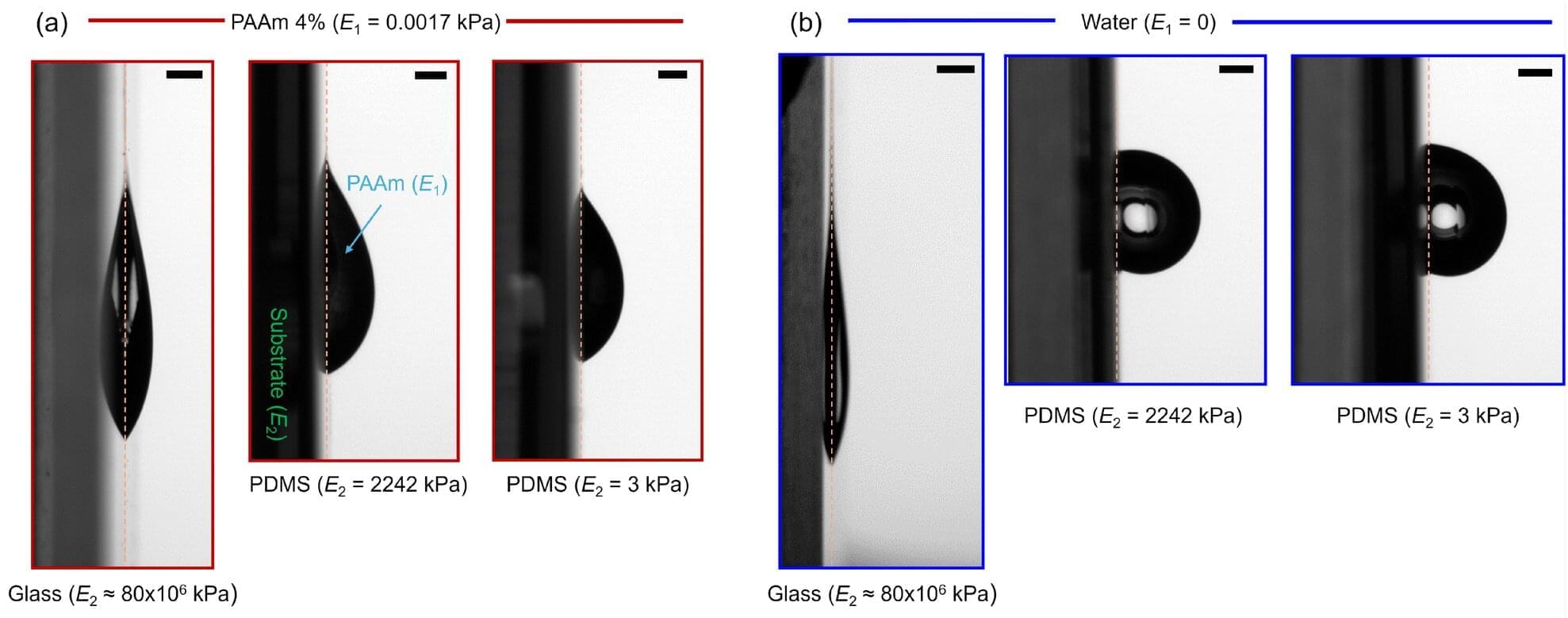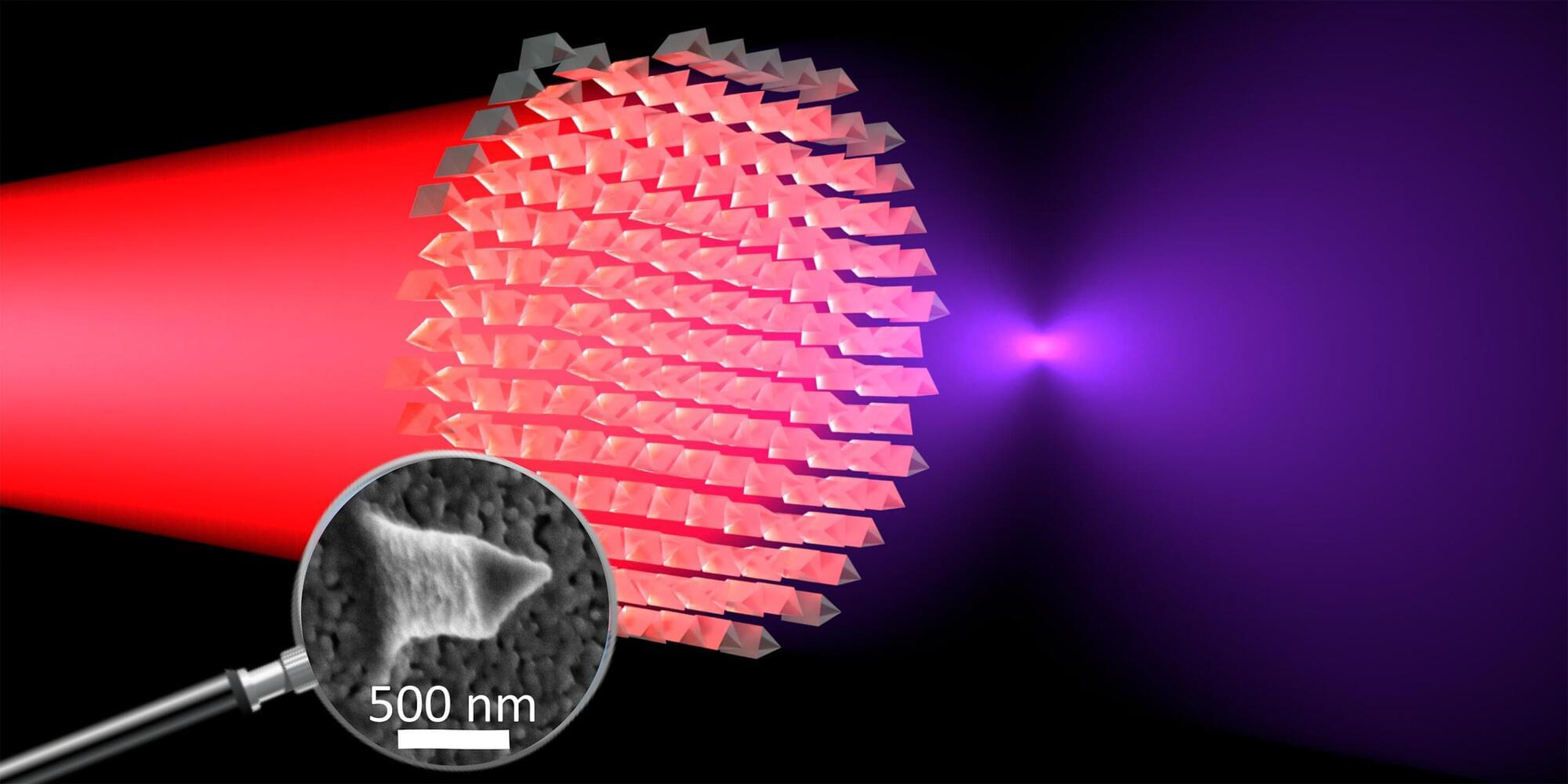Researchers from the University of Rochester and University of California, Santa Barbara, engineered a laser device smaller than a penny that they say could power everything from the LiDAR systems used in self-driving vehicles to gravitational wave detection, one of the most delicate experiments in existence to observe and understand our universe.
Laser-based measurement techniques, known as optical metrology, can be used to study the physical properties of objects and materials. But current optical metrology requires bulky and expensive equipment to achieve delicate laser-wave control, creating a bottleneck for deploying streamlined, cost-effective systems.
The new chip-scale laser, described in a paper published in Light: Science & Applications, can conduct extremely fast and accurate measurements by very precisely changing its color across a broad spectrum of light at very fast rates—about 10 quintillion times per second.








